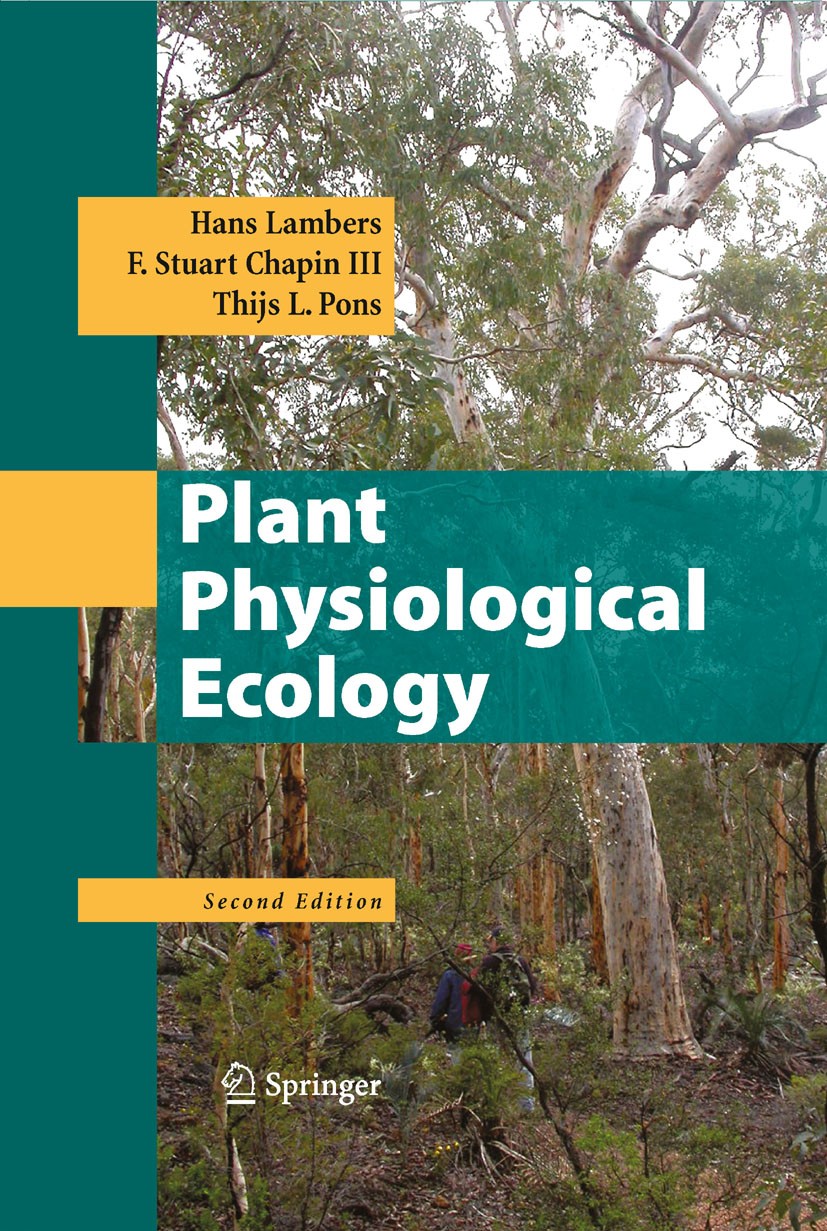| 书目名称 | Plant Physiological Ecology | | 编辑 | Hans Lambers,F. Stuart Chapin,Thijs L. Pons | | 视频video | http://file.papertrans.cn/749/748762/748762.mp4 | | 概述 | Renowned textbook suitable for plant ecology, plant physiology, and plant molecular biology courses.Notable for its integration of molecular-, whole plant-, and ecosystem-level processes.Features boxe | | 图书封面 |  | | 描述 | Box 9E. 1 Continued FIGURE 2. The C–S–R triangle model (Grime 1979). The strategies at the three corners are C, competiti- winning species; S, stress-tolerating s- cies; R,ruderalspecies. Particular species can engage in any mixture of these three primary strategies, and the m- ture is described by their position within the triangle. comment briefly on some other dimensions that Grime’s (1977) triangle (Fig. 2) (see also Sects. 6. 1 are not yet so well understood. and 6. 3 of Chapter 7 on growth and allocation) is a two-dimensional scheme. A C—S axis (Com- tition-winning species to Stress-tolerating spe- Leaf Economics Spectrum cies) reflects adaptation to favorable vs. unfavorable sites for plant growth, and an R- Five traits that are coordinated across species are axis (Ruderal species) reflects adaptation to leaf mass per area (LMA), leaf life-span, leaf N disturbance. concentration, and potential photosynthesis and dark respiration on a mass basis. In the five-trait Trait-Dimensions space,79%ofallvariation worldwideliesalonga single main axis (Fig. 33 of Chapter 2A on photo- A recent trend in plant strategy thinking has synthesis; Wright et al. 2004). Species with low been trai | | 出版日期 | Textbook 20082nd edition | | 关键词 | Allelopathy; Assimilat; Chloroplast; Pathogen; Photorespiration; Plant physiology; Transport; energy balanc | | 版次 | 2 | | doi | https://doi.org/10.1007/978-0-387-78341-3 | | isbn_softcover | 978-1-4939-3705-9 | | isbn_ebook | 978-0-387-78341-3 | | copyright | Springer-Verlag New York 2008 |
The information of publication is updating

|
|
 |Archiver|手机版|小黑屋|
派博传思国际
( 京公网安备110108008328)
GMT+8, 2025-12-14 13:17
|Archiver|手机版|小黑屋|
派博传思国际
( 京公网安备110108008328)
GMT+8, 2025-12-14 13:17


